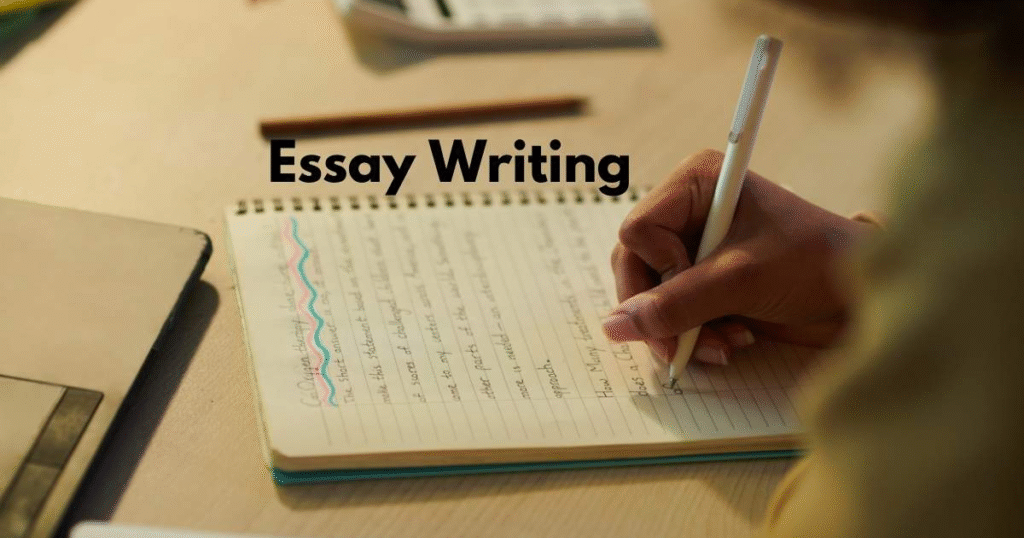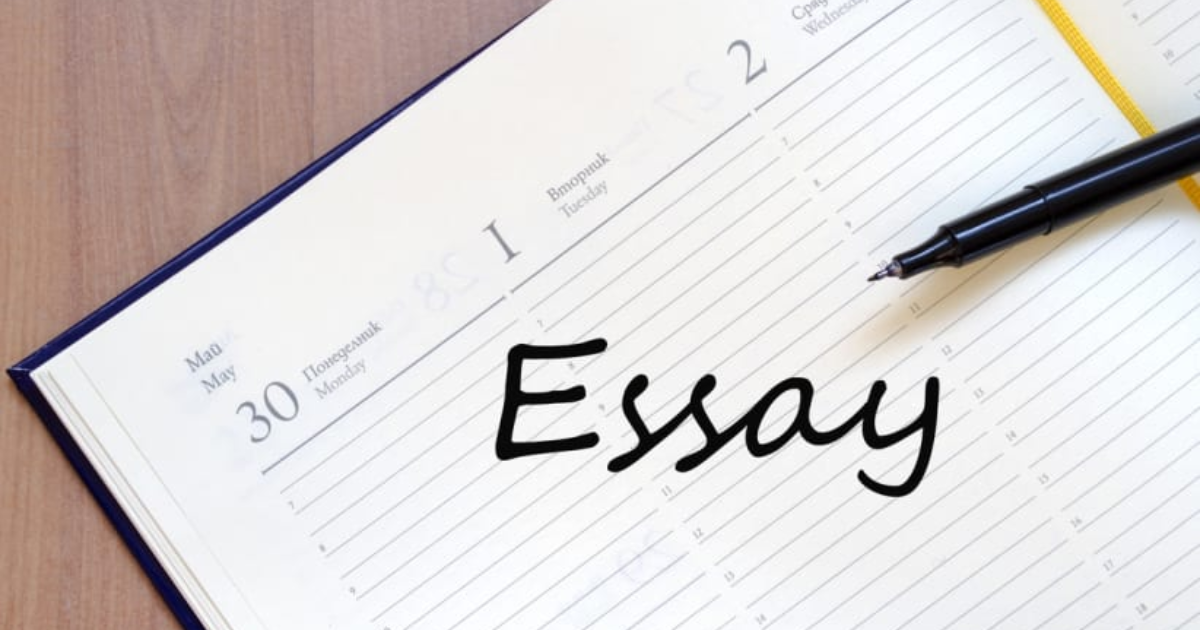Introduction
Some people think that writing essays can be a great task, especially if you’ve never done it before. You might find yourself staring at a blank page, not sure where to start, what to say, or how to make your writing sound good. But the truth is, essay writing doesn’t have to be difficult or complicated. Once you understand the basic steps and get a little practice, it becomes a lot more manageable. This guide is here to help you learn how to write an essay in a simple, beginner-friendly way. No complicated rules, just clear advice that anyone can follow.
What is an Essay?
An essay is simply a way to share your thoughts or explain something in writing. It usually has three parts, an introduction, a body, and a conclusion. Whether you’re writing to inform, argue, or tell a personal story, your goal is to make your ideas clear and interesting for the reader. You don’t have to use fancy words or long sentences. What matters most is that your message comes through in a clear and organized way.

Before You Start Writing
Before you start writing (or typing in my case 🙂 ) , it’s important to take a few minutes to understand the topic you’re working with. Read the question carefully and make sure you know what it’s asking. For example, if the topic is “Why exercise is important,” don’t start writing about healthy eating. Stick to the point, that’s what anchors the reader’s attention throughout the essay
Once you’ve understood the topic, take some time to brainstorm. Just write down any ideas that come to mind. It doesn’t need to be organized at first, just let your thoughts flow freely. If your topic requires facts or specific knowledge, do a bit of quick research from trustworthy sources like textbooks or educational websites or even use Ai tools, just make sure you only gather information from there and not start copying the whole paragraphs. After gathering your ideas, the next step is planning.
This is like building a map for your essay so you don’t get lost while writing. The introduction is the top layer, the body paragraphs are the filling, and the conclusion is the bottom layer that holds everything together.
Writing Your Essay Step by Step
Now, let’s get into the actual writing. Start with your introduction. Begin with something that grabs the reader’s attention, maybe a question, an interesting fact, or a short personal experience. Then, give a little background about the topic. Finally, include one important sentence that tells the reader what your essay is going to be about. This is called a thesis statement. For example, if your essay is about reading, your thesis might be, “Reading is important because it helps us learn, boosts our imagination, and improves our thinking.”
Next comes the body of the essay. This is usually two or three paragraphs. Each paragraph should focus on just one idea. Start each paragraph with a clear sentence that tells what the paragraph is about. Then, explain your idea with examples or reasons. Keep your writing simple and stay on topic. Try to make your sentences connect smoothly. When you’re done with each paragraph, move on to the next point.
Once you’ve finished explaining all your main ideas, it’s time for the conclusion. This part wraps everything up. Start by restating your main idea in a new way. Then, briefly go over your key points again. End with a final thought, something to think about, a piece of advice, or a short message that leaves the reader with something to remember. A good conclusion makes your essay feel complete.

Editing and Checking Your Work
After writing your essay, don’t just turn it in right away. Take a short break and then come back to read it again. See if everything makes sense and if your ideas are clear. Look for grammar mistakes, spelling errors, or parts that sound awkward. You can also read it out loud to catch anything that doesn’t flow well. If possible, ask someone else to read it and give you feedback. A fresh pair of eyes can help you spot things you might have missed.
Before submitting your essay, make sure it looks neat. If your teacher gave any instructions, like word count, font size, how to format the page, or some language guidance, make sure you followed them. Check that your name and the title are there if needed. Small details like these can make a big difference.
Tips to Keep in Mind
A few simple tips can help you write better essays. First, keep your language clear and straightforward, the more the simple essay is the more quickly the readers will understand. Don’t worry about using big words, just focus on getting your message across. Second, stay focused on the topic. Don’t go off track. Third, use words that help your ideas flow, like “first,” “next,” “also,” “however,” and “in conclusion.” These little words help your reader follow along. And most importantly, keep practicing. Writing gets easier the more you do it. Try exploring new topics.
Types of Essays
As you begin to explore essay writing, you’ll find that there are different types of essays, each with its own goal. The most common type is the descriptive essay, where you describe a person, place, thing, or event. It focuses on details and helps readers picture what you’re writing about. Another popular type is the narrative essay, where you tell a story, often from personal experience. It has a beginning, middle, and end, like a short story.
The expository essay is used to explain something or provide information. It’s clear, logical, and usually includes facts, examples, and explanations. The persuasive essay or argumentative essay is where you try to convince the reader to agree with your opinion or point of view. You need strong arguments and evidence to support your ideas. There’s also the compare and contrast essay, where you look at the similarities and differences between two things. Each type of essay has a slightly different structure, but they all follow the same basic rules of clear writing, strong ideas, and proper organization.

Conclusion
Writing an essay might seem hard at first, but once you break it down into steps, it’s totally achievable. Think of it as having a conversation on paper. You’re just organizing your thoughts, sharing them clearly, and backing them up with good reasons. It doesn’t have to be perfect, it just needs to make sense and be honest. Take one paragraph at a time, trust the process, and you’ll get better every time you write. Remember the best essay is not the one with fancy words and technicalities, its the one that readers find easy to understand and process





